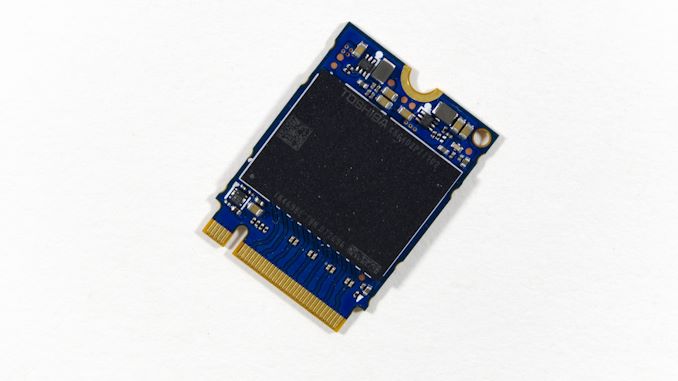- Joined
- Aug 29, 2005
- Messages
- 7,512 (1.04/day)
- Location
- Stuck somewhere in the 80's Jpop era....
| System Name | Lynni PS \ Lenowo TwinkPad L14 G2 |
|---|---|
| Processor | AMD Ryzen 7 7700 Raphael \ i5-1135G7 Tiger Lake-U |
| Motherboard | ASRock B650M PG Riptide Bios v. 3.10 AMD AGESA 1.2.0.2a \ Lenowo BDPLANAR Bios 1.68 |
| Cooling | Noctua NH-D15 Chromax.Black (Only middle fan) \ Lenowo C-267C-2 |
| Memory | G.Skill Flare X5 2x16GB DDR5 6000MHZ CL36-36-36-96 AMD EXPO \ Willk Elektronik 2x16GB 2666MHZ CL17 |
| Video Card(s) | Sapphire PURE AMD Radeon™ RX 9070 Gaming OC 16GB | Intel® Iris® Xe Graphics |
| Storage | Gigabyte M30 1TB|Sabrent Rocket 2TB| HDD: 10TB|1TB \ WD RED SN700 1TB |
| Display(s) | KTC M27T20S 1440p@165Hz | LG 48CX OLED 4K HDR | Innolux 14" 1080p |
| Case | Asus Prime AP201 White Mesh | Lenowo L14 G2 chassis |
| Audio Device(s) | Steelseries Arctis Pro Wireless |
| Power Supply | Be Quiet! Pure Power 12 M 750W Goldie | Cyberpunk GaN 65W USB-C charger |
| Mouse | Logitech G305 Lightspeedy Wireless | Lenowo TouchPad & Logitech G305 |
| Keyboard | Ducky One 3 Daybreak Fullsize | L14 G2 UK Lumi |
| Software | Win11 IoT Enterprise 24H2 UK | Win11 IoT Enterprise LTSC 24H2 UK / Arch (Fan) |
| Benchmark Scores | 3DMARK: https://www.3dmark.com/3dm/89434432? GPU-Z: https://www.techpowerup.com/gpuz/details/v3zbr |
I am looking around for 1TB SSD's but a lot of companies lists they are got cache like DRAM, SLC or no DRAM cache at all and it's not easy to find because most manufactores doesn't state the cache size.
But I know most of the times the price of the SSD should give a hit on if it got cache or not.
But I feel a bit like it's a taboo to actually tell if the SSD got cache or not and I don't understand why it's such a secret
I actually found a review of the Ace A55 SSD from Silicon Power that shows the cache module which is a Nanya 128MB DRAM module:

Review link: https://www.enostech.com/silicon-power-ace-a55-256gb-ssd-review/
I been looking to buy some 1TB SSD's for fast and good storage and this SSD is about £21 cheaper then the Samsung 860 Evo 1TB which got 1GB DRAM cache module but I am still left with the feeling that it's really a taboo to show the cache dram size of a ssd or am I the only one?
But I know most of the times the price of the SSD should give a hit on if it got cache or not.
But I feel a bit like it's a taboo to actually tell if the SSD got cache or not and I don't understand why it's such a secret

I actually found a review of the Ace A55 SSD from Silicon Power that shows the cache module which is a Nanya 128MB DRAM module:

Review link: https://www.enostech.com/silicon-power-ace-a55-256gb-ssd-review/
I been looking to buy some 1TB SSD's for fast and good storage and this SSD is about £21 cheaper then the Samsung 860 Evo 1TB which got 1GB DRAM cache module but I am still left with the feeling that it's really a taboo to show the cache dram size of a ssd or am I the only one?



